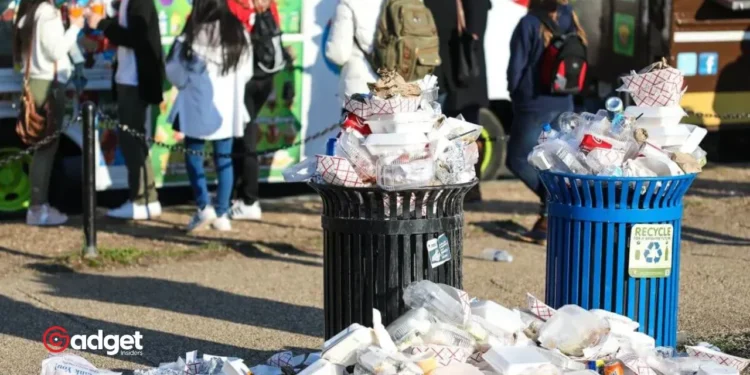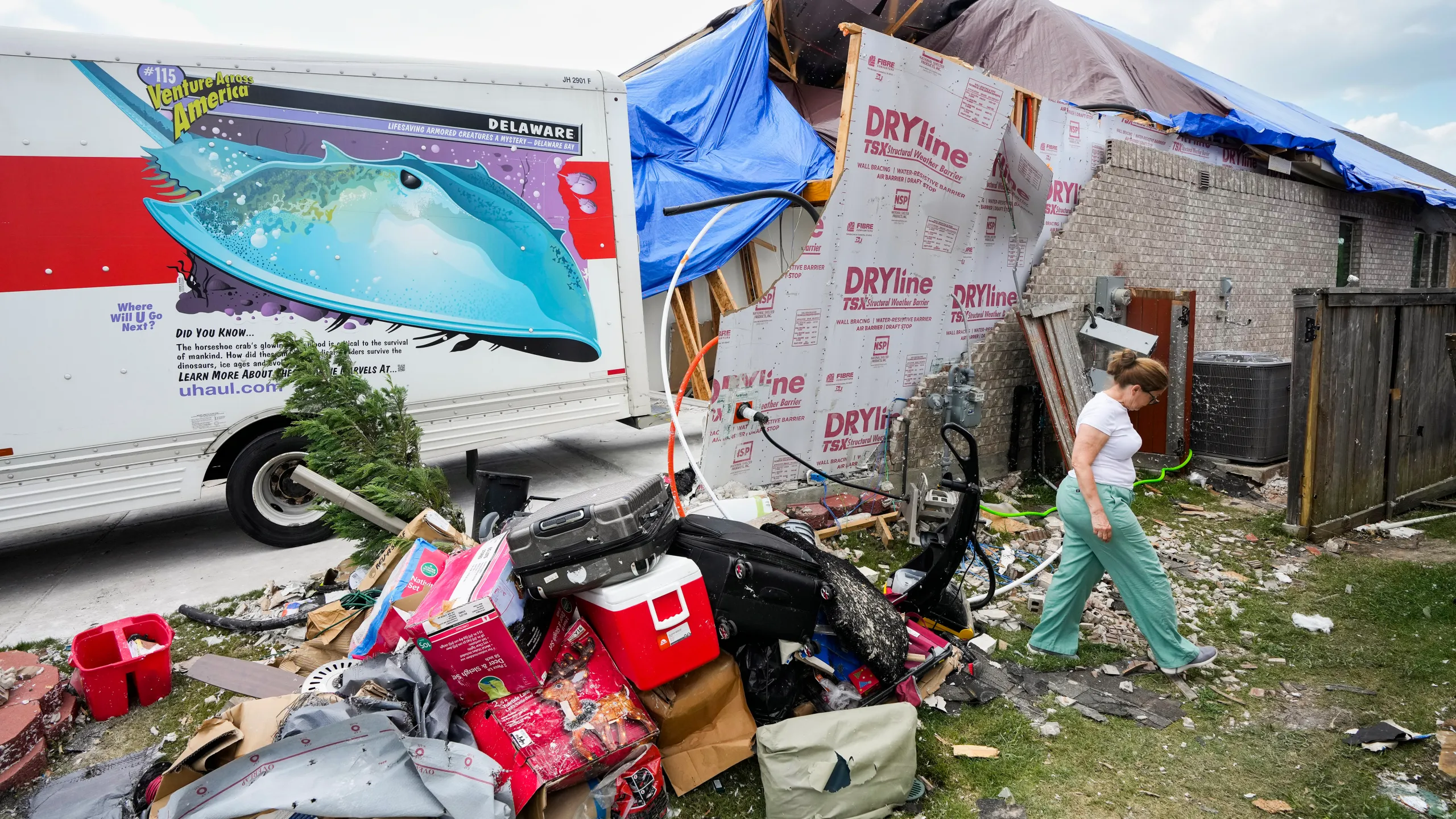
In an eye-opening revelation from a recent study by LawnStarter, Houston, Texas has been named America’s dirtiest city, surpassing the grimy expectations set by urban legends of New York City’s subways and streets. This finding has dethroned Newark, New Jersey, which previously held the undesirable title.
Despite the stereotypical images of New York’s trash-laden sidewalks and notorious rat sightings, the city only reached the 12th position in the ranking, avoiding the top ten of the grim list.
“Houston’s rise to the top of this list is a testament to the significant environmental challenges it faces, from poor air quality to overwhelming pest problems,” noted a report from the Houston Chronicle.
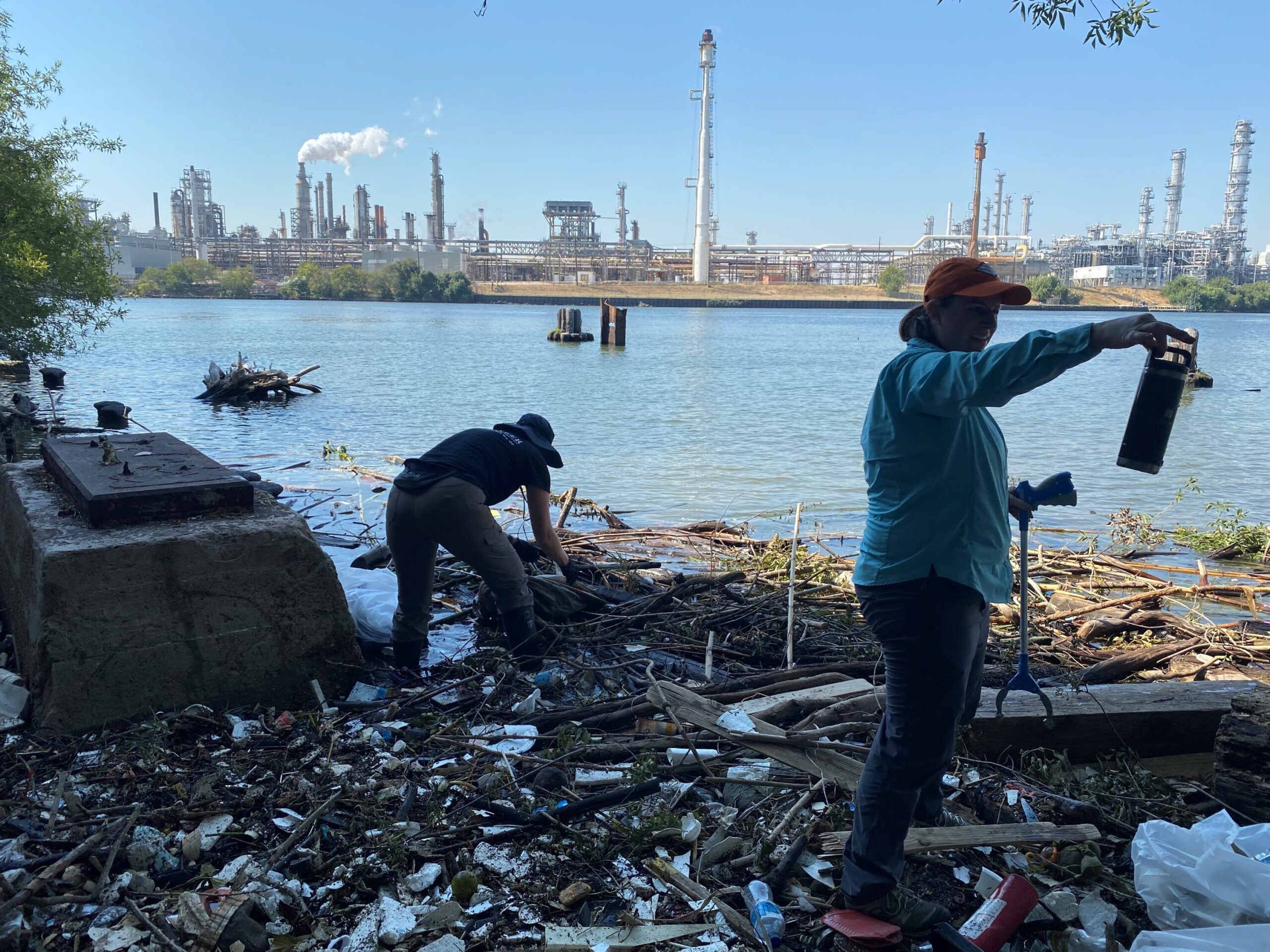
Houston’s Struggle with Pollution and Pests
Houston’s new standing as the dirtiest city stems from multiple environmental woes. The city is battling severe air quality issues, infrastructure challenges, and a staggering invasion of pests.
According to data from PestGnome, a sister site of LawnStarter, Houston is grappling with the nation’s worst cockroach infestation, making it a less-than-desirable habitat for its residents.
These critters are not confined to Houston alone. Other Southern cities like San Antonio, Texas, and Tampa, Florida, are also hotspots for cockroach populations. For those unnerved by rodents, cities like Boston, Philadelphia, and Baltimore are the leaders in homes infested by these pests.

California’s Mixed Environmental Record
Despite substantial investments in cleanliness, several cities in California continue to struggle. San Bernardino, often referred to as the “armpit” of California, is ranked as the fourth dirtiest city, mainly due to its poor air quality.
Nearby cities Riverside and Ontario suffer similarly, their air quality tarnished by industrial activities that have overtaken historical agricultural lands. Conversely, San Francisco emerges as a relative beacon of urban cleanliness, thanks in part to a vigorous street cleaning initiative that saw the city spend over $72.5 million in 2019 alone.
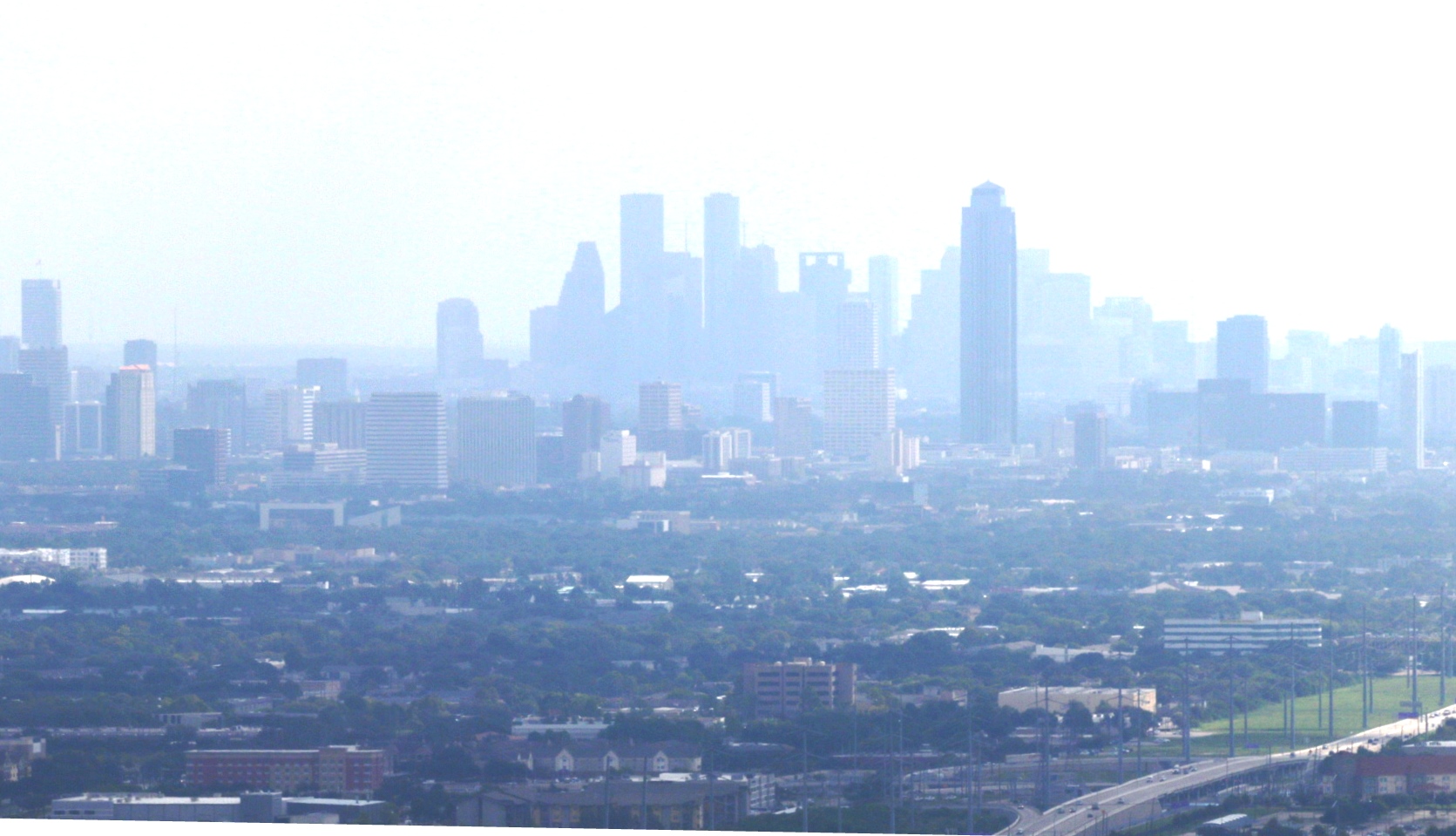
Nationwide Environmental Concerns
The study highlighted broader issues across the United States. The Southwest faces critical challenges with drinking water contamination, with cities like Las Vegas harboring some of the most unsafe drinking water, as evidenced by numerous violations of the Safe Drinking Water Act in 2020.
Ohio presents a different type of environmental challenge, with a significant problem of cigarette litter due to its high smoker population. Despite local efforts to reduce smoking rates, litter remains a persistent issue.
Interestingly, the study also found that many of the cleanest cities in the U.S. are located along the coasts, with Virginia Beach, Virginia, leading the pack. However, cities like Fremont, California, and Winston-Salem, North Carolina, defy the trend by maintaining high cleanliness standards despite their inland locations.
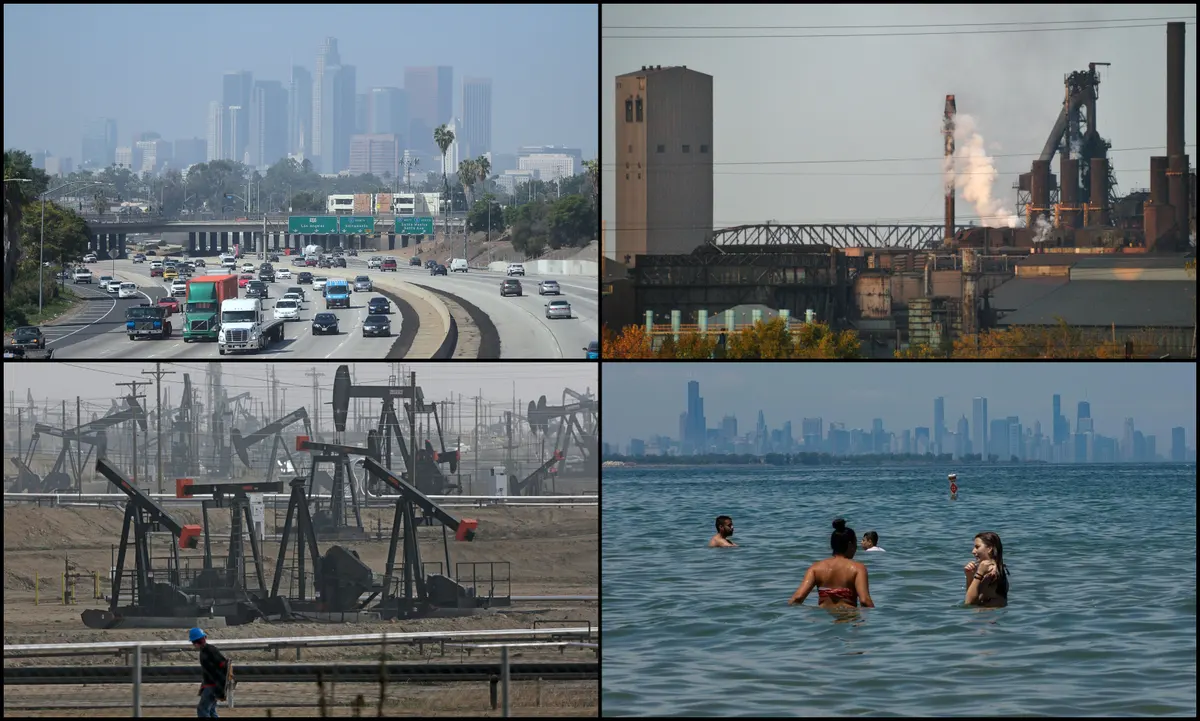
A Call for Greater Environmental Awareness
The findings from LawnStarter’s study serve as a wake-up call for cities across America. As urban areas continue to grow, the challenges of maintaining cleanliness and environmental integrity become more complex.
For cities like Houston, the title of “America’s dirtiest city” should be a catalyst for change, prompting increased efforts in tackling the issues of pollution, waste management, and pest control. This shift not only aims to improve the living conditions of its residents but also to alter the city’s reputation on a national scale.

